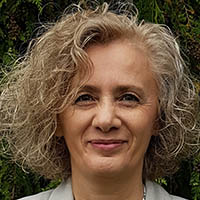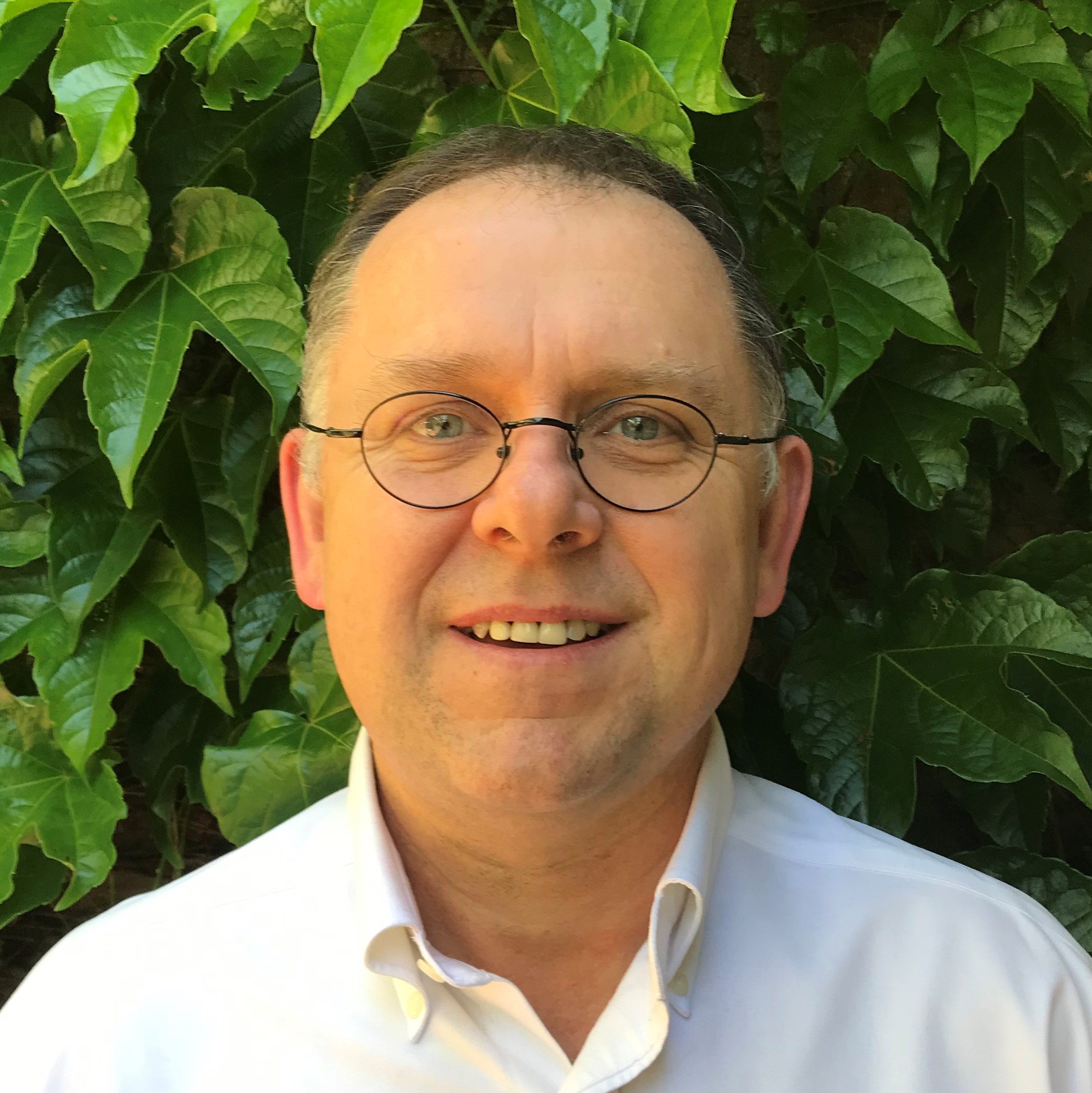 |
Hatice TankisiDepartment of Clinical Neurophysiology |
 |
James (Tim) HowellsCentral Clinical School |
Clinical neurophysiology will only thrive as a discipline if it continues to explore new ways of studying the bioelectric activity of the nervous system. While recent progress in neurophysiological methods to study CNS disorders has been rapid, this has not always been the case for PNS disorders. Conventional NCS and EMG are widely used for the diagnosis of neuromuscular disorders, but they are not without their limitations and new techniques are needed to obtain a more complete picture of the pathophysiology of nerve and muscle disorders.
This SIG is about two methodologies which have been developed during the last two decades for this purpose.
Nerve excitability testing is a non-invasive method of obtaining information about the resting potential and activity of axonal voltage-gated ion channels in vivo, which cannot be achieved by conventional electrophysiological methods. This method has a long history, but first gained popularity after an automated nerve excitability testing protocol was developed for a meeting in Trondheim in 1999. Nerve excitability testing has helped in the understanding of disease pathophysiology and with the diagnosis of several neurological disorders, and its value has recently been recognized by the IFCN with their publication of consensus guidelines (Kiernan et al., Clinical Neurophysiology 131:308-323, 2020).
Muscle excitability testing is a newer technique that provides in vivo information about muscle membrane properties such as membrane potential (Z'Graggen and Bostock, 2009). Though this method has also been used mainly in research for understanding disease pathophysiology, it may have additional diagnostic uses; value has been shown particularly in muscle channelopathies.
Although both nerve and muscle excitability test were introduced several years ago, and both have added a rich stream of insights into various nerve and neuromuscular disorders, they are only available in a few centres, since take up has been limited by the need for specialized equipment and software.
The purposes of this SIG will be:
Hugh Bostock (UK)
David Burke (Australia)
Christian Krarup (Denmark)
Satoshi Kuwabara (Japan)
Kelvin Jones (Canada)
Cindy Lin (Australia)
Hiroyuki Nodera (Japan)
Kazumoto Shibuya (Japan)
Werner Z´Graggen (Switzerland)
To join this SIG, please Login or Join at the top-right of your screen, navigate to Groups in the top menu bar, Select the Special Interest Group: Nerve and Muscle Excitability, then Request Invite. A group administrator will review and approve your request, or contact you if there are any questions.
You can also find several videos on our website that help you join a SIG, update your profile, or subscribe to a forum or blog.